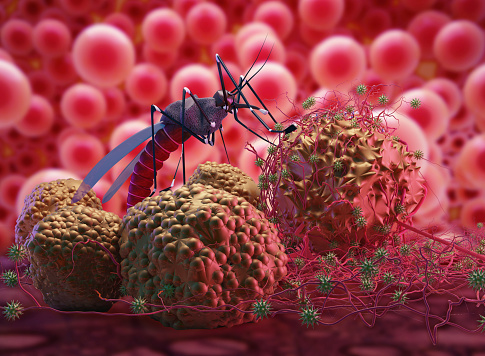
Malaria is a common parasitic disease caused by human Plasmodium infection. Its clinical features are mainly characterized by repeated episodes of chills, high fever, and remission after profuse sweating. life, should pay attention to disease prevention and treatment.
The malaria diagnosis includes epidemiological history, clinical manifestations, and laboratory examinations. In particular, laboratory examinations are an important basis for the diagnosis of the disease, mainly for the examination of causative pathogens. Once the malaria parasite is found, the disease can be diagnosed. Through some other examinations to assess the specific condition, to guide clinical treatment.
The first is the inspection of pathogenic pathogens. Blood can be drawn for smear staining and microscopy. Thick and thin smears can be used for microscopy. Generally, Giemsa staining is required to search for malaria parasites, which can be of value in diagnosing the disease and at the same time judging malaria protozoa density, etc. In addition, the positive rate of bone marrow smear was slightly higher than that of peripheral blood smear.
Other laboratory malaria tests, including fluorescent acridine orange staining, are characterized by high detection rates and rapidity, but require the use of fluorescence microscopy. At present, the specific DNA polymerase chain reaction (PCR) method can be used for clinical detection, which has the characteristics of high sensitivity.
In addition, immunological methods can also be used for malaria detection, such as enzyme-linked immunosorbent assay, radioimmunoassay, etc., to detect Plasmodium antigens and specific antibodies in blood. The operation is more convenient, fast and flexible, and the sensitivity is relatively high, but The emergence of antibodies often takes about 3 to 4 weeks after infection.
Other tests include routine blood tests to understand the severity of anemia, and tests for liver and kidney function, electrolytes, myocardial enzymes, etc., to understand whether there is damage to some organs.


